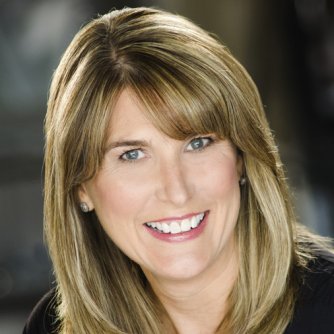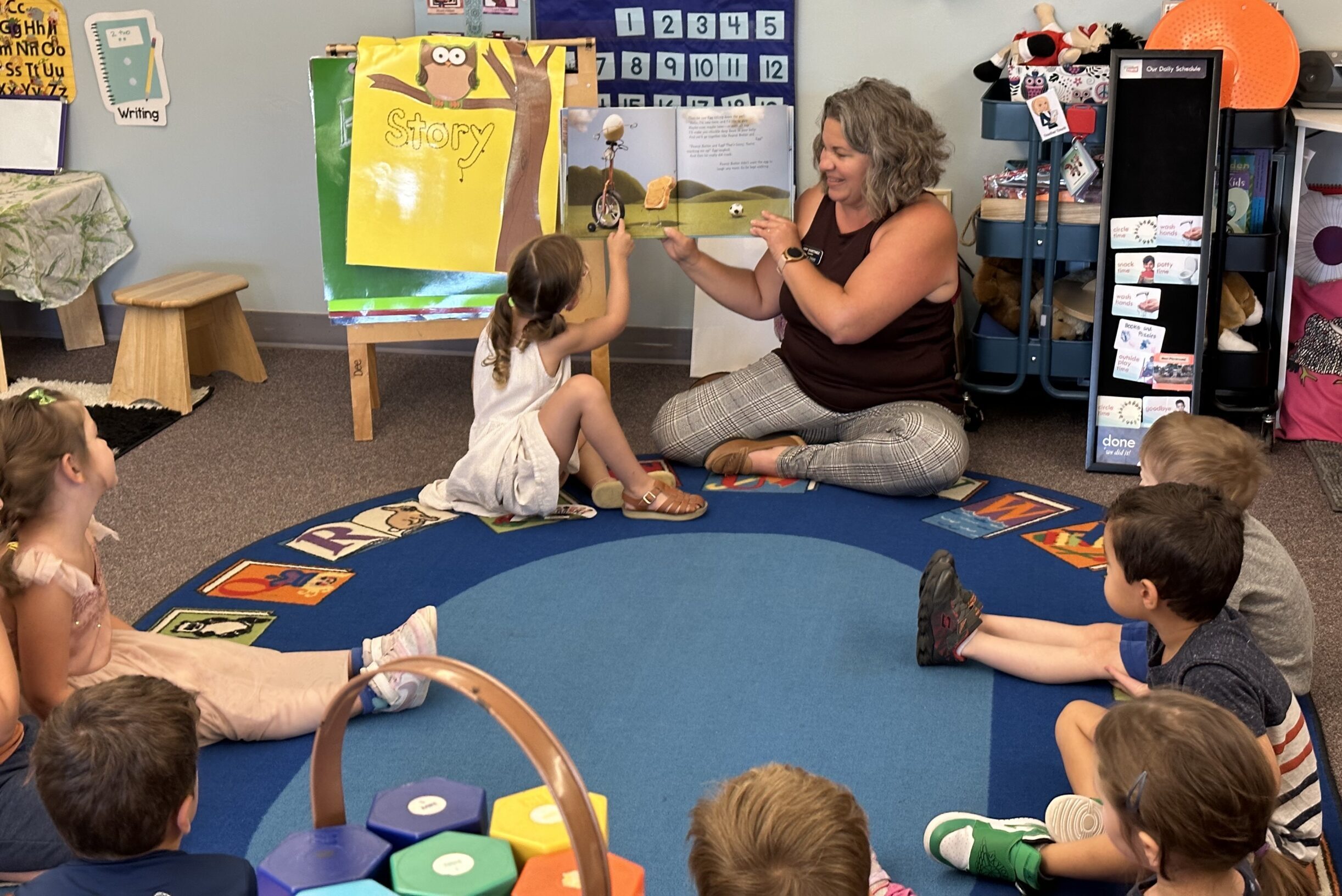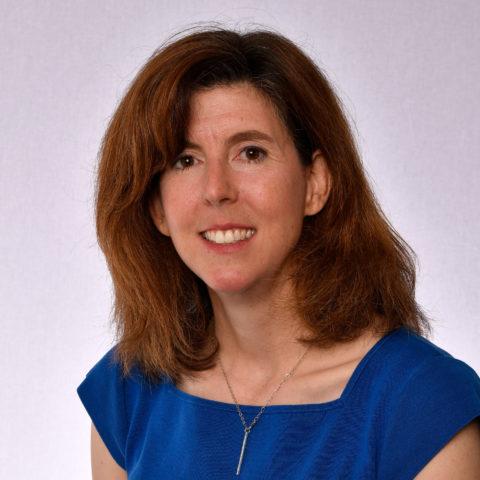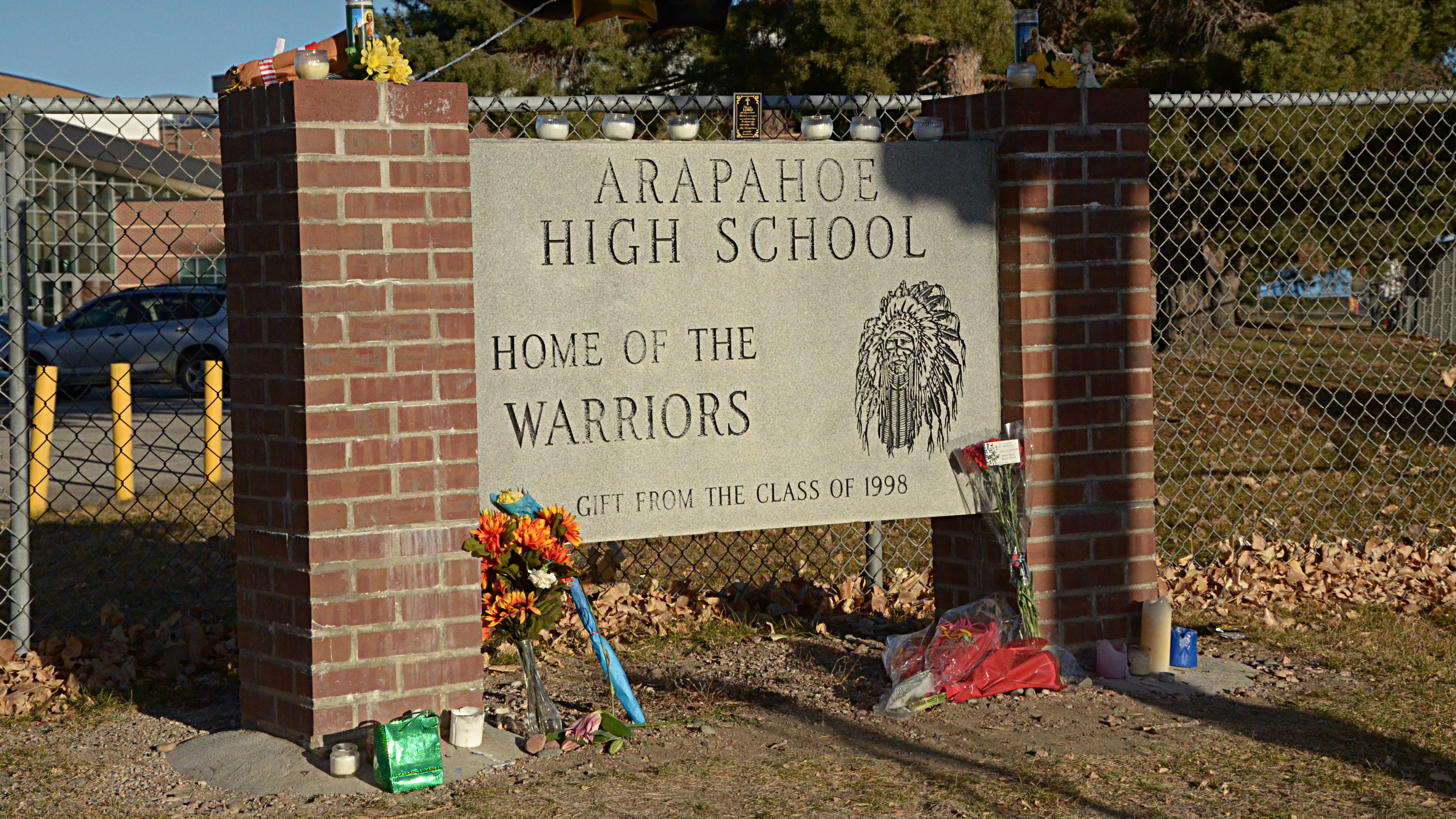
“Warriors, always take care of one another.”
-- included in each day's morning announcements at Arapahoe High School in Centennial
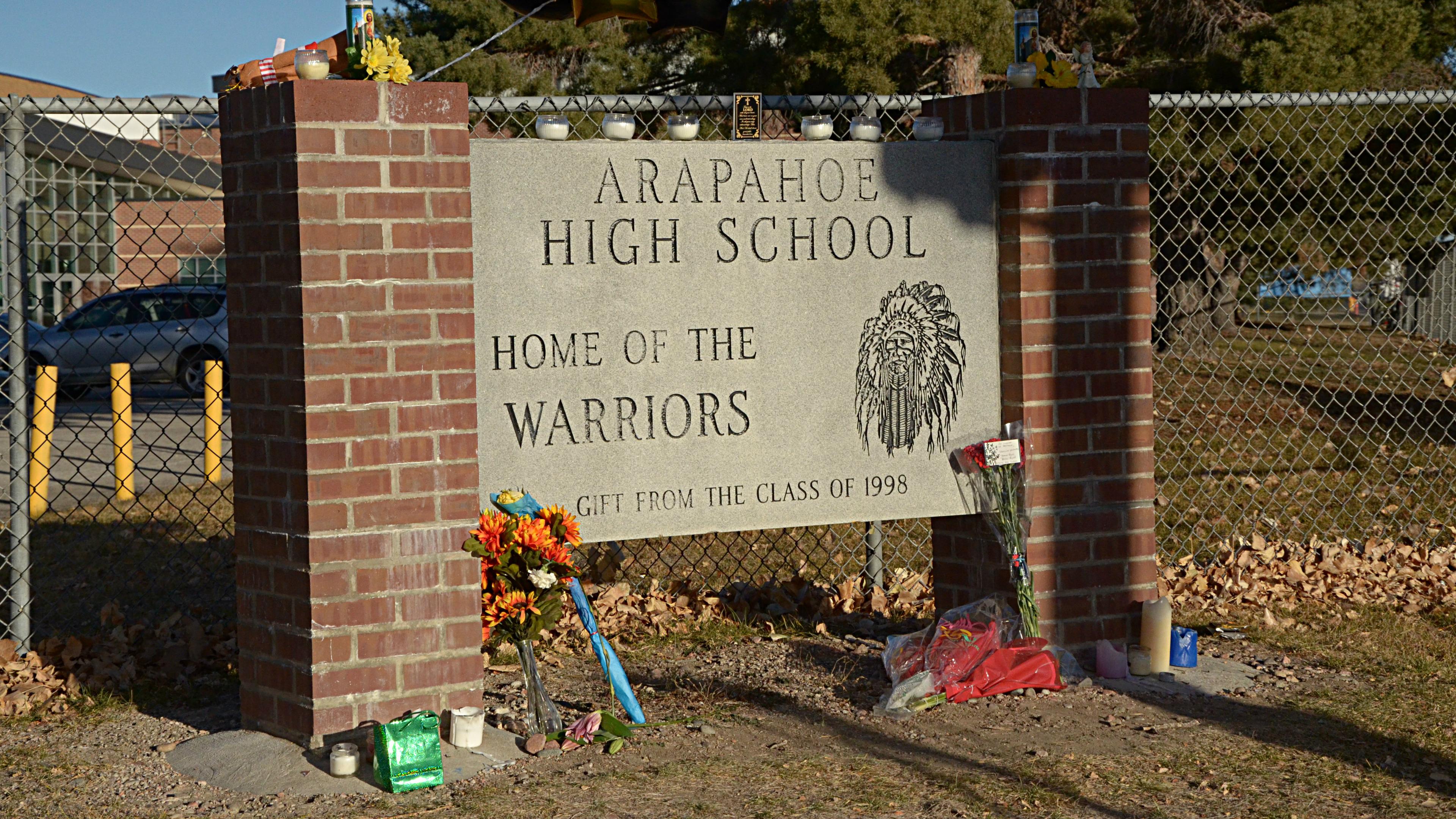
I had one of these moments not long ago at a surprising place: a high school band concert.
My son is a freshman at Arapahoe High School this year, and the winter band concert in November was a lovely evening of holiday songs and traditional Americana pieces. At least until senior Jordan Millhollin took the podium to conduct “Kindred Spirits” by Brian Balmages.
Millhollin shared the genesis of this piece. It was written in the wake of a terrible shooting near Baltimore in 2008 in which a 15-year old boy shot and killed his parents and two younger brothers.
I remembered that shooting and began to think about the horror I felt hearing about it, until I remembered where I was sitting: in a room full of kids and parents who had endured the shooting last year at Arapahoe High School.
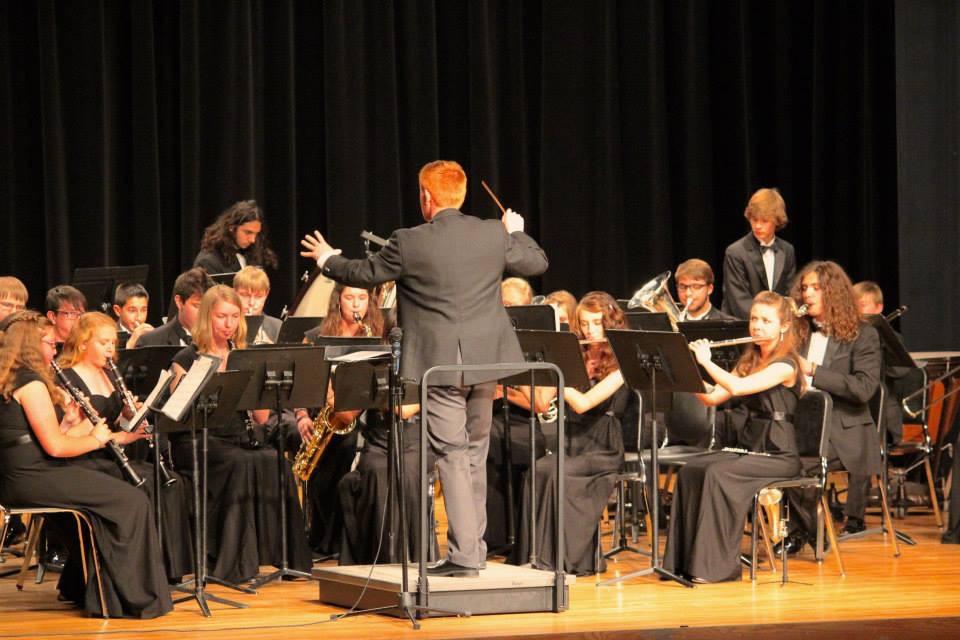
He never mentioned the day of terror he and the other musicians lived through. He never mentioned the innocent victim, Claire Davis, or the shooter. The connection to the lingering pain hanging in the room was immediately clear.
Had a whole year really gone by? Dec. 13, 2013, was warm and sunny. But that beautiful day turned into an agonizing nightmare. Parents of the more than 2,000 Arapahoe High students began receiving frantic texts and calls from their kids hunkered down in classrooms, frightened out of their minds as chaos ensued in the hallways and library.
When the news broke that morning, I was at Colorado Public Radio, keeping up with Twitter feeds and relaying as much information as I could to several good friends whose children are students there. My two children were in lockdown at other Littleton Public Schools. I waited in line for an hour to get my middle schooler and nearly as long for my elementary school child. With the roar of news helicopters above our head, nearly every parent wept when reunited with their child. I brought mine with me back to work because I needed to see them, needed for them to be within arm's reach.
A year already. Suddenly, sitting in that concert hall, it seemed so fresh and raw again.
Millhollin stepped onto the podium. The senior-level wind ensemble collectively inched toward the edge of their seats and never took their eyes off him. They knew what the audience didn’t at the moment -- that if they got it right, the souls of everyone in the audience would be transformed. They had worked all semester for this moment. These students, who witnessed that day of terror, were about to share their souls with us -- risky business for any teenager.
The piece begins with a couple of stark phrases on the piano followed by a tremolo in the clarinets that speaks to the pain and suffering of those questions of “why” and “how” that will never be answered. It’s a little ominous and you can feel the edges of danger and terror in it. But quickly it transforms into a majestic, glorious beam of light with sweeping passages for the low horns.
And then it repeats. Back to the pain and terror. The unanswerable questions. This time the darkness is longer. Those hours of waiting for my children -- frantically trying to find out any information; hoping to hear about their friends, neighbors and teammates at Arapahoe High; watching the news coverage of kids coming out of the school with their hands up -- were suddenly back in full force. A bell chimed slowly every few measures as if to signal how time slows to a crawl in moments of terror.
But then the sweeping passages for the low horns were back and with them an overwhelming feeling of hope and resiliency. The majestic grandeur of the music completely took my breath away.
When the last chime sounded, you could have heard a pin drop in the auditorium. It took a moment for the power of the music to sink in. After a pause, the applause began. It grew in intensity as the emotions of what the audience just heard took over and deepened. There was no sense of obligation to clap just because the piece had been conducted by a student, or because it was tribute to that life-changing event. They clapped because their souls had been touched. And transformed. Broken hearts cut raw again, and healed, even in the slightest way, through the beauty of music.
Gifts of healing come in unexpected ways. Most people in the audience that evening probably had no idea there would be a musical homage to the shooting, to the terror of that day, to the grief for Claire Davis, to the long and painful road to “normalcy.” And when Millhollin introduced the piece as one written in the wake of an equally horrific shooting, I think we all expected something somber and grief stricken. Samuel Barber’s “Adagio for Strings” would have been a perfectly fitting piece for the moment. Or Gabriel Faure’s “Requiem.”
But these were 17- and 18-year-olds on the cusp of graduating, full of the anticipation that comes with the next step of their lives. This was their musical statement of how they were going to move forward: recognizing that human life can be shockingly frail but, more importantly, that the strength of hope and their own inner resiliency can and will see them through. Light will win out over the dark.
Those student performers who lived through unimaginable terror a year ago achieved what musicians spend a lifetime hoping to achieve -- touching the audience so deeply through music that their hearts are shredded and transformed. The power of music never ceases to amaze me: to comfort and heal when words simply don’t suffice and when your soul needs more than a hug. Music can be strong for you when you are not.
Well done, musical Warriors. Well done.
“This will be our reply to violence: to make music more intensely, more beautifully, more devotedly than ever before.”
-- Leonard Bernstein
